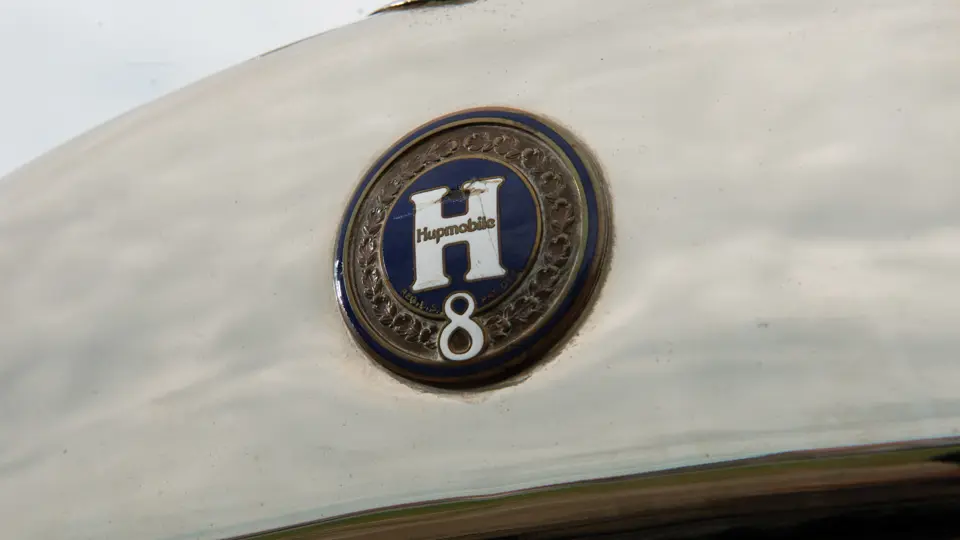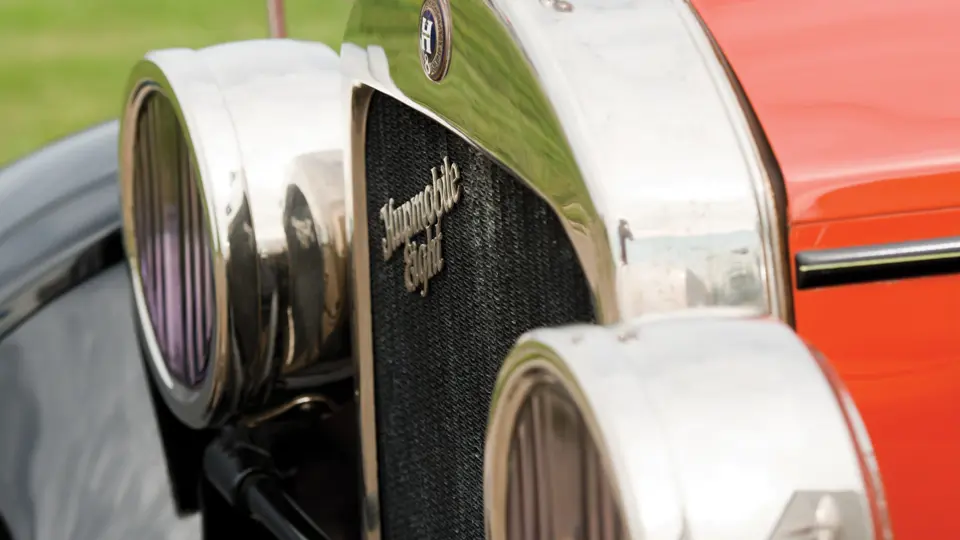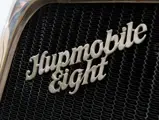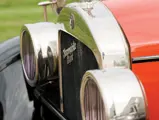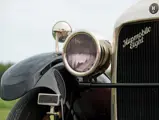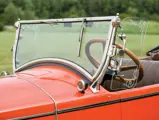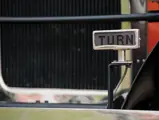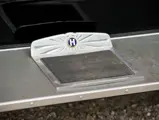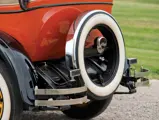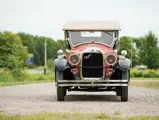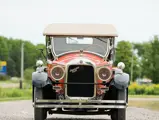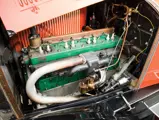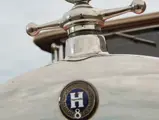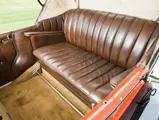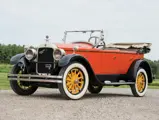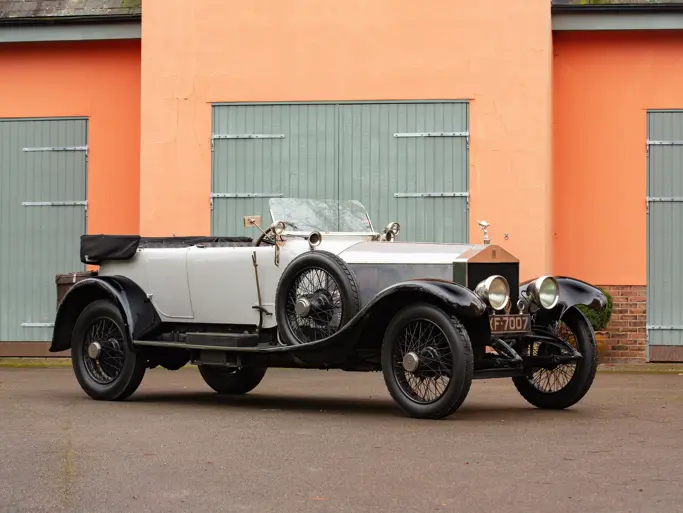Series E-1. 60 bhp, 247 cu. in. L-head inline eight-cylinder engine, three-speed manual transmission, solid front axle with semi-elliptic leaf springs, live rear axle with semi-elliptic leaf springs, and hydraulic drum brakes. Wheelbase: 118.25 in.
The Hupp Motor Car Company, founded by Robert and Louis Hupp in 1908, produced a wide variety of cars during their 32 years of operation. While their early cars were aimed at a more entry-level market, such as the Ford Model T, in the mid-1920s they elected to take a shot at a higher-price bracket with the introduction of their new eight-cylinder engine. For the 1925 model year, Hupmobiles could be purchased with either their tried and tested four-cylinder or the upscale and more powerful L-head inline eight-cylinder engine. This commanding motor could produce 60 brake horsepower, and it performed well. However, there was a substantial price difference, as the eight-cylinder cars cost $1,975, an additional $700 over the equivalent four-cylinder model.
Presented here is a nicely restored 1925 Hupmobile Eight E Series Touring car. This eight-cylinder example is finished in a wonderful shade of Orange over a brown interior, and it has a great eye-catching look, right down to its yellow wooden-spoke wheels, which are wrapped in wide whitewall tires. The lovely details on the car become more apparent at closer inspection, from the etched glass wind wings to the period-correct “Oooh-Gaaaa” horn. This Hupmobile benefits from a full restoration and has been collector owned, maintained, and occasionally exercised. While it shows some signs of charming patina, the L-head inline eight starts easily and settles into a smooth idle, while still making full use of its correct Stromberg carburetor and Atwater-Kent dual-spark ignition system.
Despite being mass-produced in their day, Hupmobiles are not often seen on the road today, making this tastefully restored example that much more of a unique find.

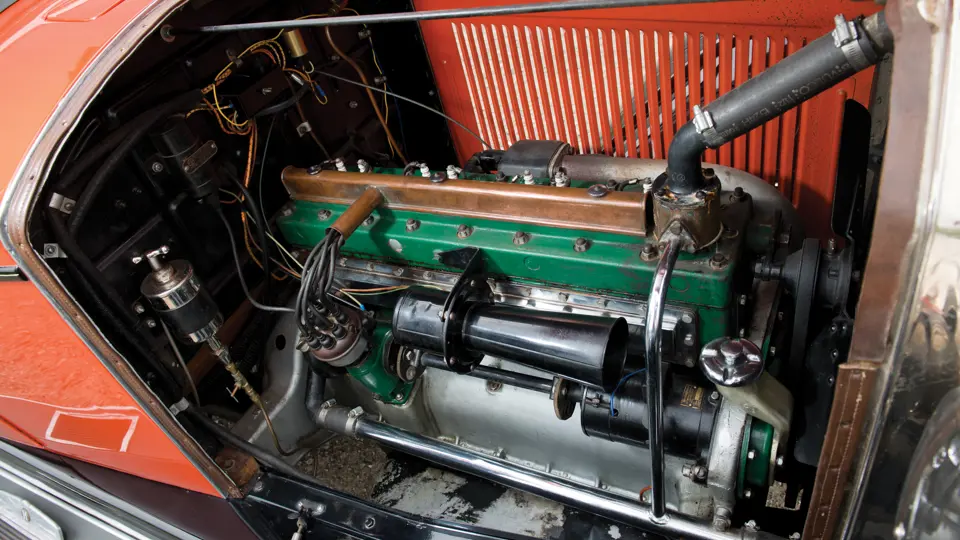


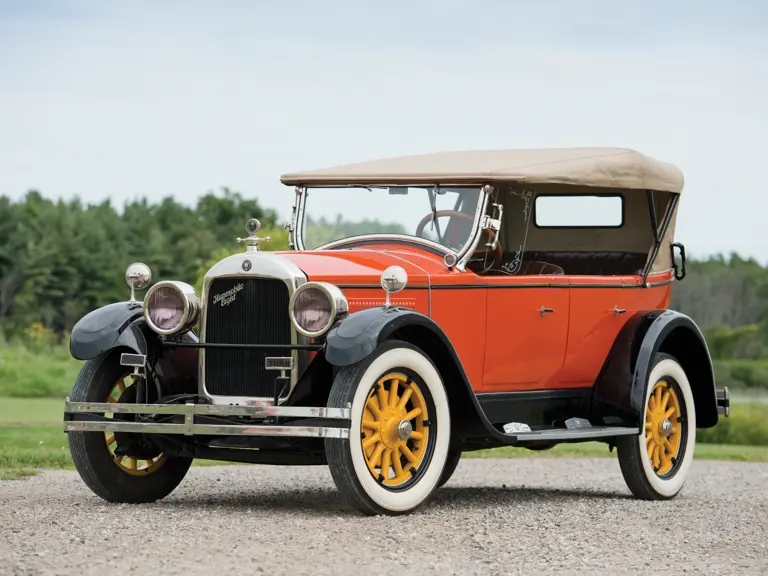
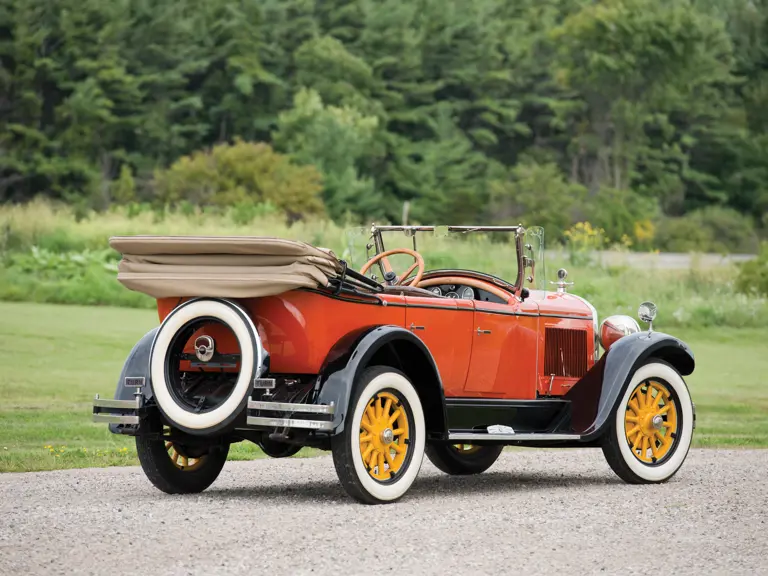
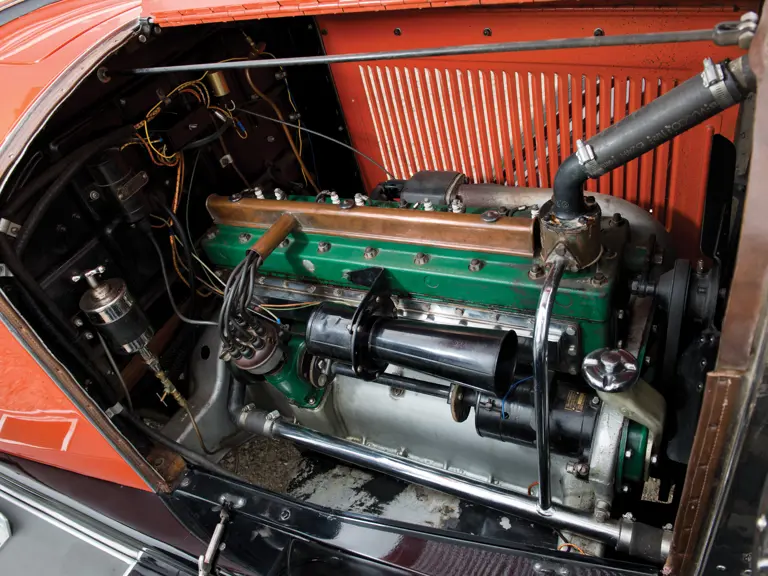

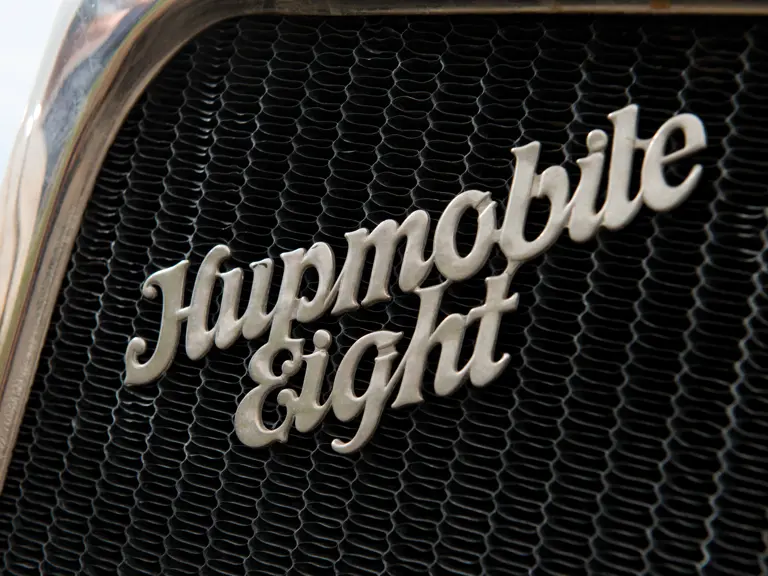
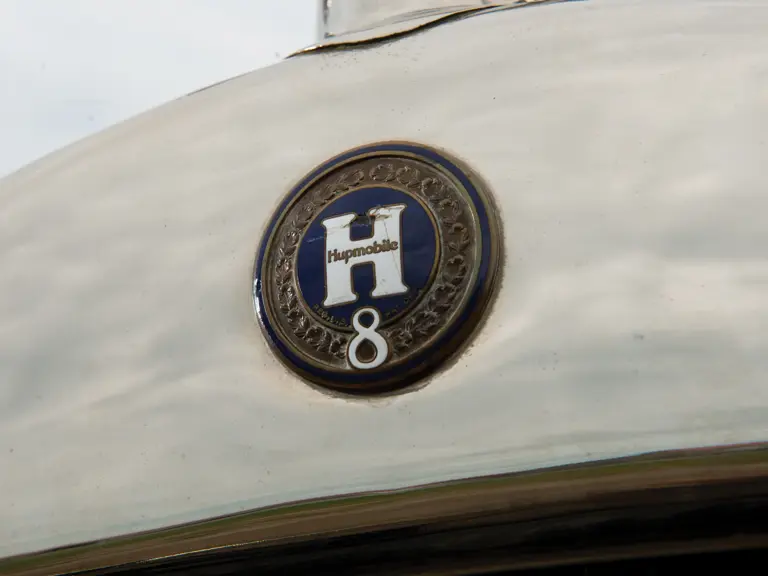





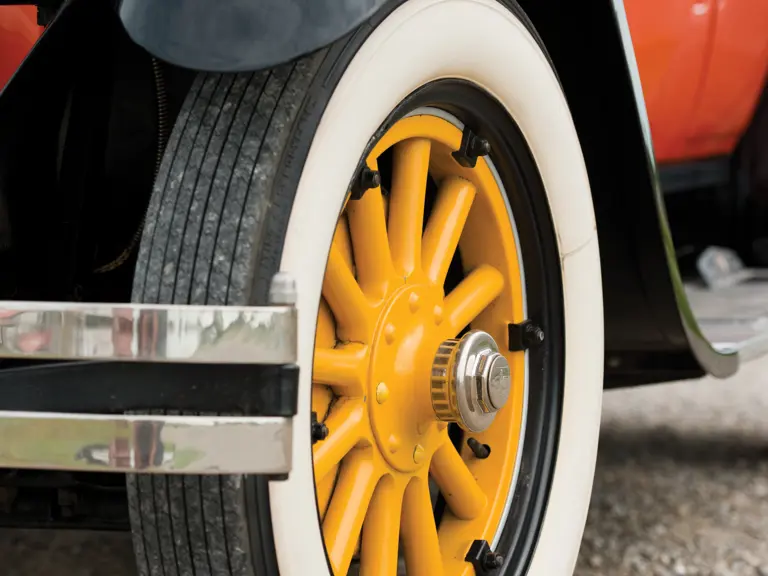
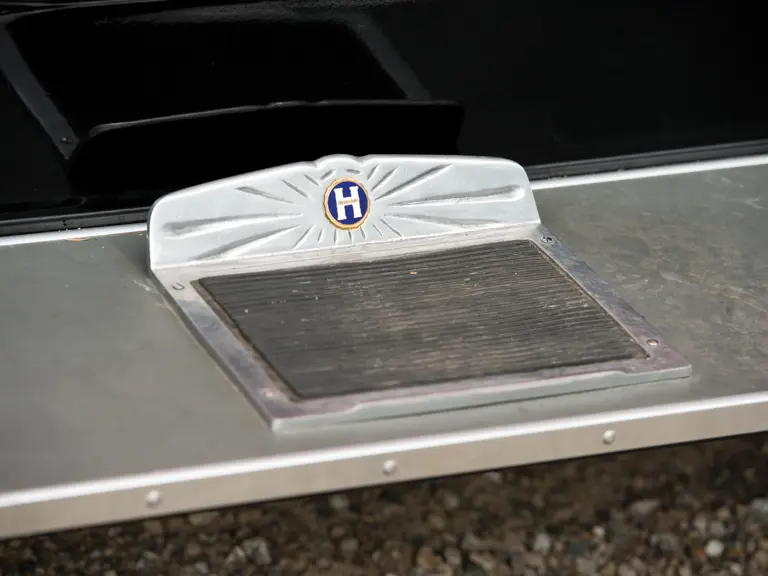

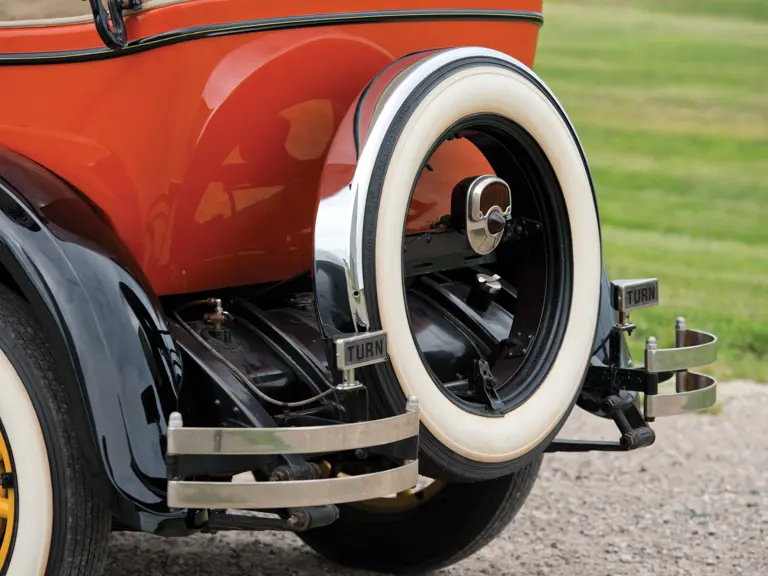
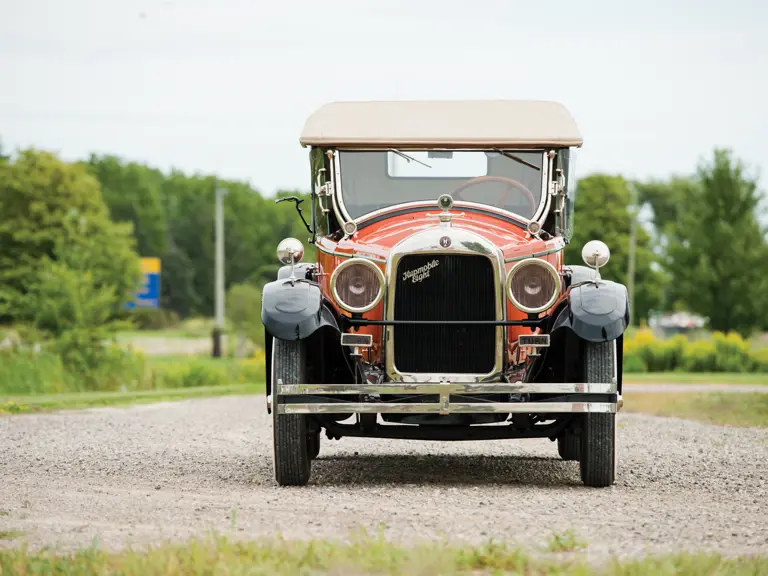

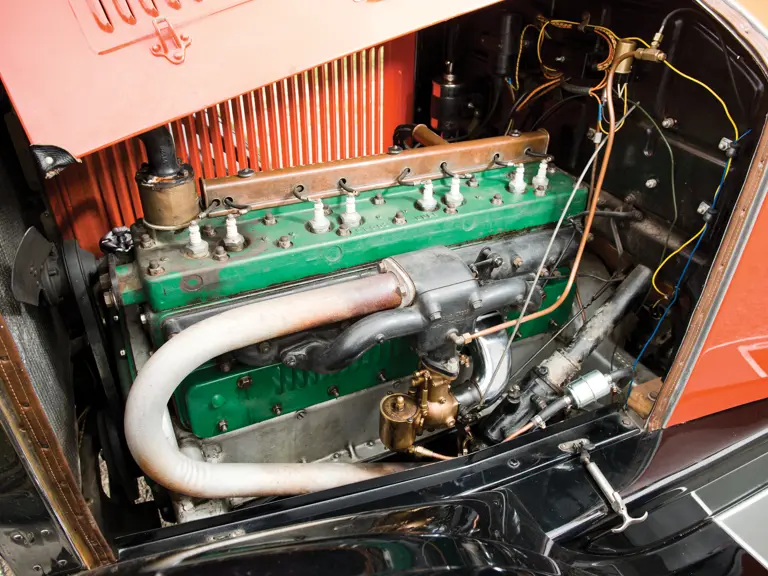
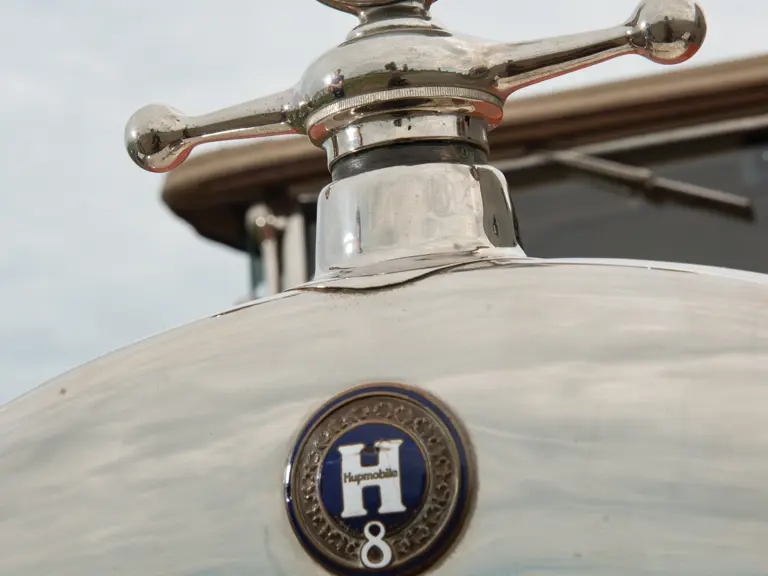
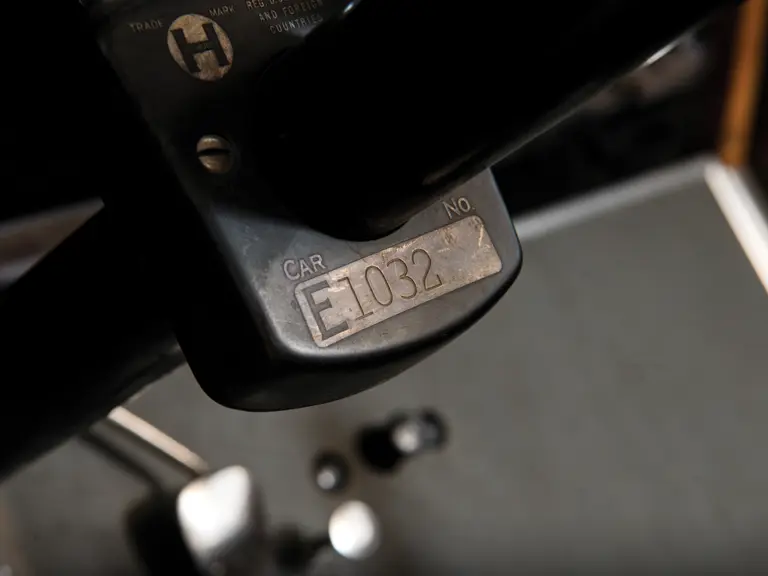
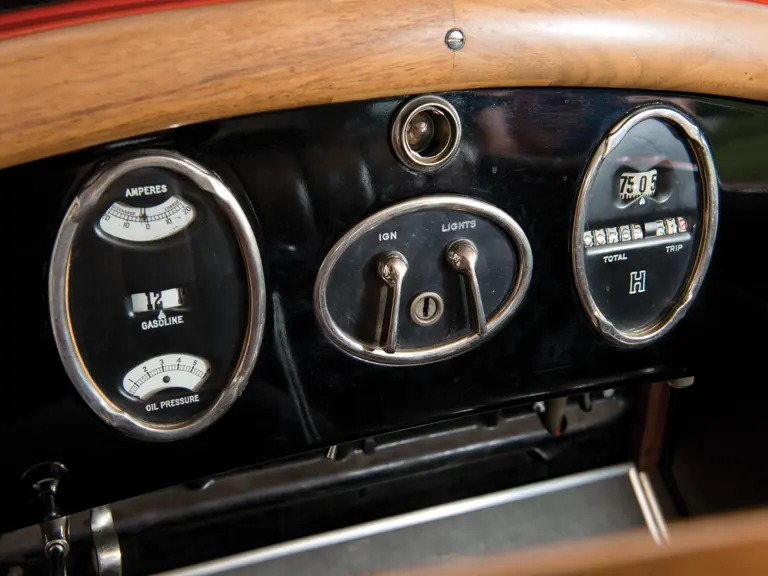
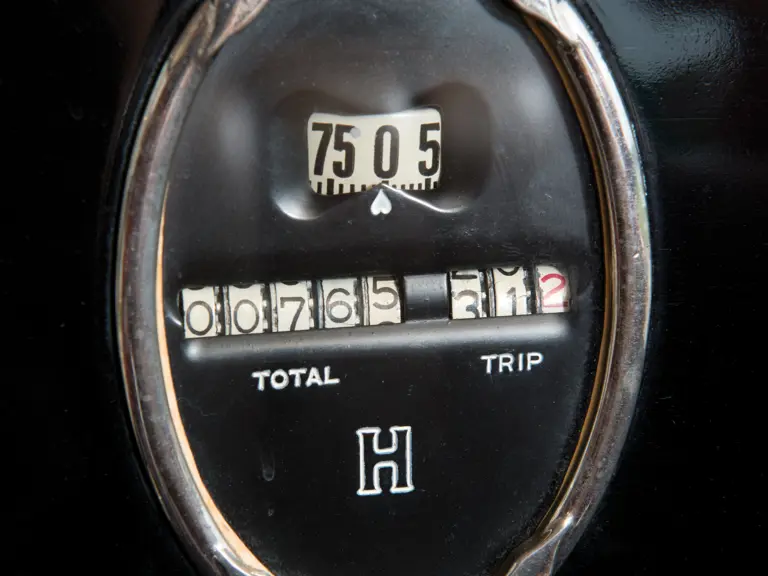
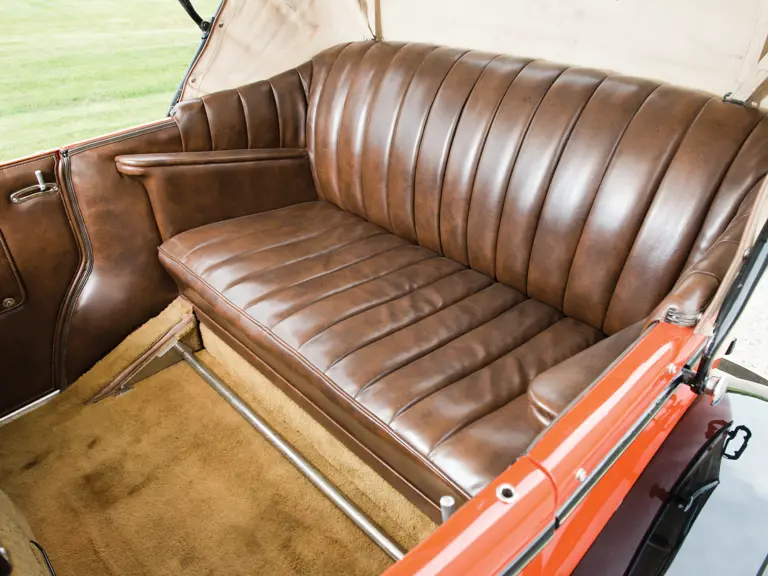
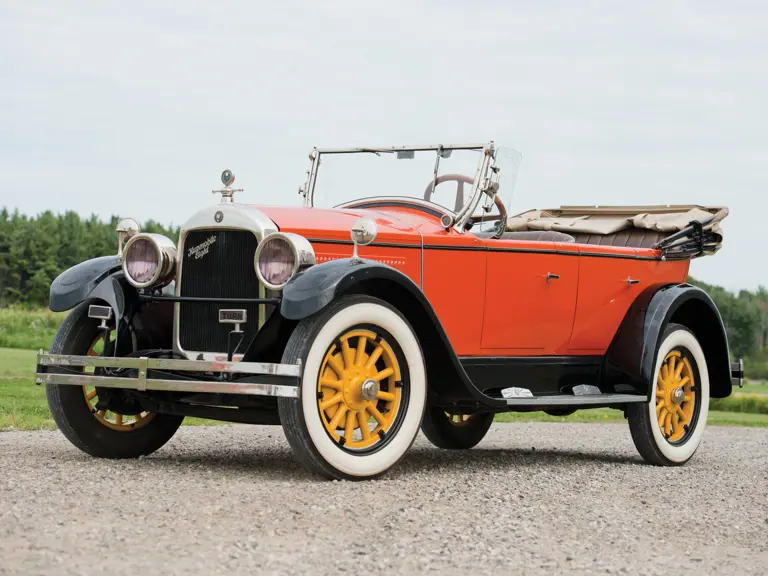

 | Hershey, Pennsylvania
| Hershey, Pennsylvania

